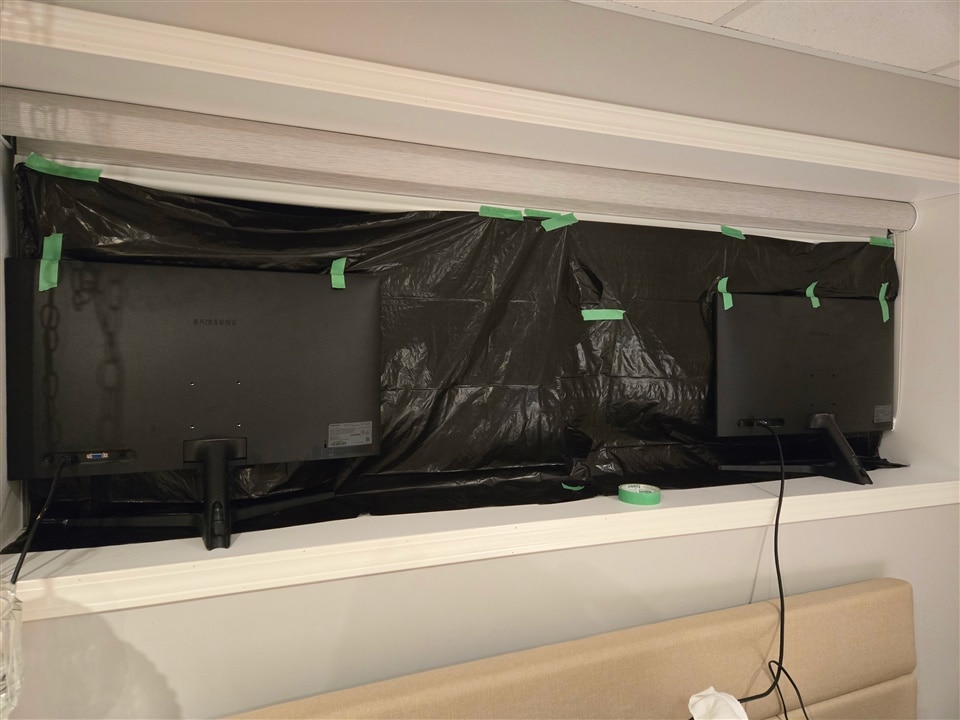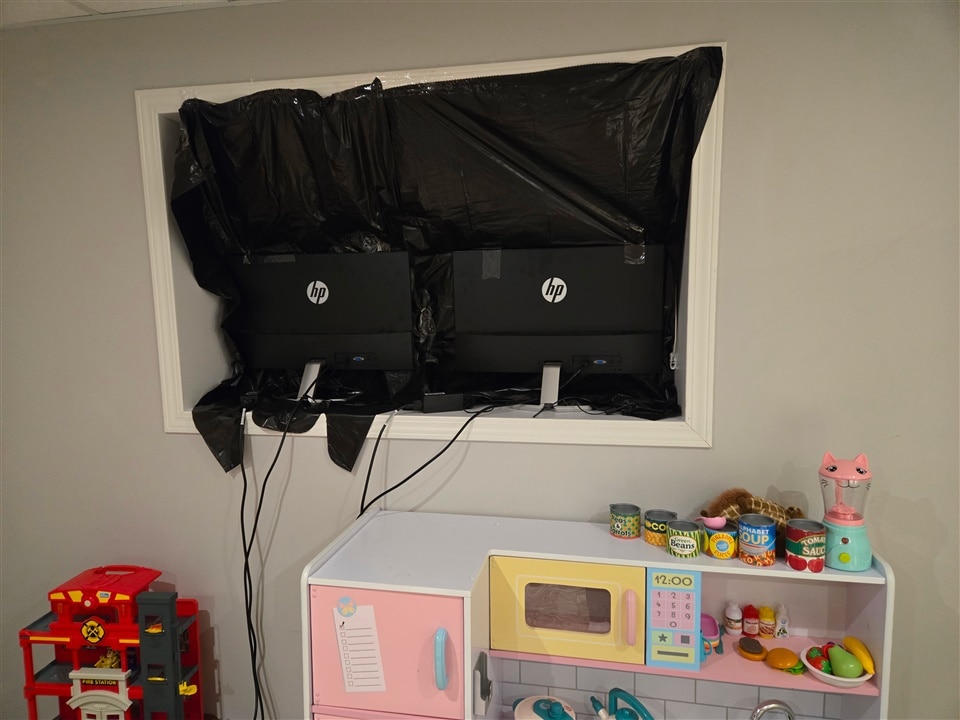Table of contents
Abstract
Creating animation eyes using Adafruit eye bonnet software is not as easy as it looks.
Project
The project started with the simple idea of doing something for Halloween I had done before. Use the Adafruit animated snake eyes bonnet for Raspberry Pi (https://learn.adafruit.com/animated-snake-eyes-bonnet-for-raspberry-pi/) to create moving-eyes animations in the windows of my house. The Adafruit Eye Bonnet software can generate HDMI output.
What I discovered is that what has worked in the past may not work today. After getting the animation to work, I thought, why not share the experience with E14 community? What better place than the Halloween Project?
Following Adafruit’s instructions, I will use a Pi 5 and the 32-bit Trixie OS. Well, that hardware and software combination didn’t work. An internet search produced no hints that would reveal the secret of getting the hardware and software combination to display eyes. I soon found out Adafruit’s software for the eyes has not kept up with Pi hardware changes.
I recalled I got the eye working in the past, on an HDMI monitor using Pi3B+ and the current version of the software in 2022. I found a post that suggested the Pi O/S dated 2022-01-28 would work. I had recently dismantled a project that freed up some Pi3B and B+’s hardware.
If you are a regular user of Pi’s you will know the apt update & apt upgrade command combination that establishes the operating system is fast on Pi5 hardware. The 2022 OS paired with Pi5 hardware did not function, failing to boot. So much for fast. In 2022, the OS didn’t know about the hardware. What was I thinking:)
From the repository https://downloads.raspberrypi.com/raspios_arm64/images/ I secured the 2022 image of the OS. Using Pi Imager software, a custom selection from the menu loaded the image to an SD card.
Using the Pi3B+ I completed the update and upgrade. Imagine that the Raspberry Pi repositories are still active today. Using the commands:
curl https://raw.githubusercontent.com/adafruit/Raspberry-Pi-Installer-Scripts/master/pi-eyes.sh >pi-eyes.sh
sudo bash pi-eyes.sh
The Adafruit software install allows me to create the software package for an HDMI output. I discovered that the compiling of numpy on a 3B+ vs the 3B was faster. I was watching the World Series baseball game while waiting. I didn’t time the exercise, but it seemed that way.


In the windows at one end of the house I used two 3B+ Pi’s one for each eye and in the windows at the other end I used one 3B+ and an HDMI splitter to generate the two outputs. I had to borrow a few monitors from work and used dark garbage bags with only eye cutouts to block out the windows.
I confess I didn’t expect this to be as difficult as it was. Knowing I had got it working before made me overconfident. In the end I told the kids that came to the door on Halloween night that I had pet dragons in the basement.

